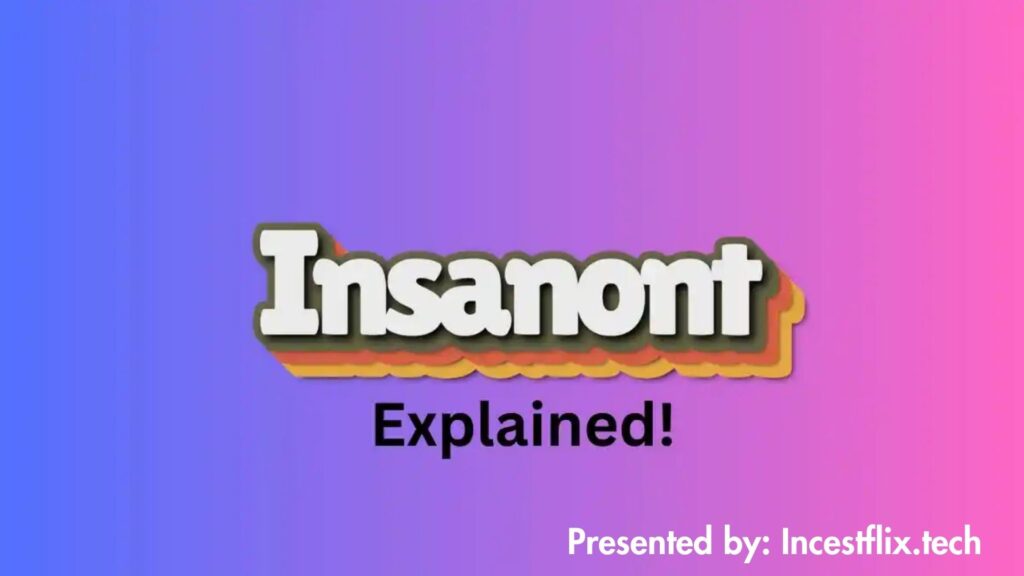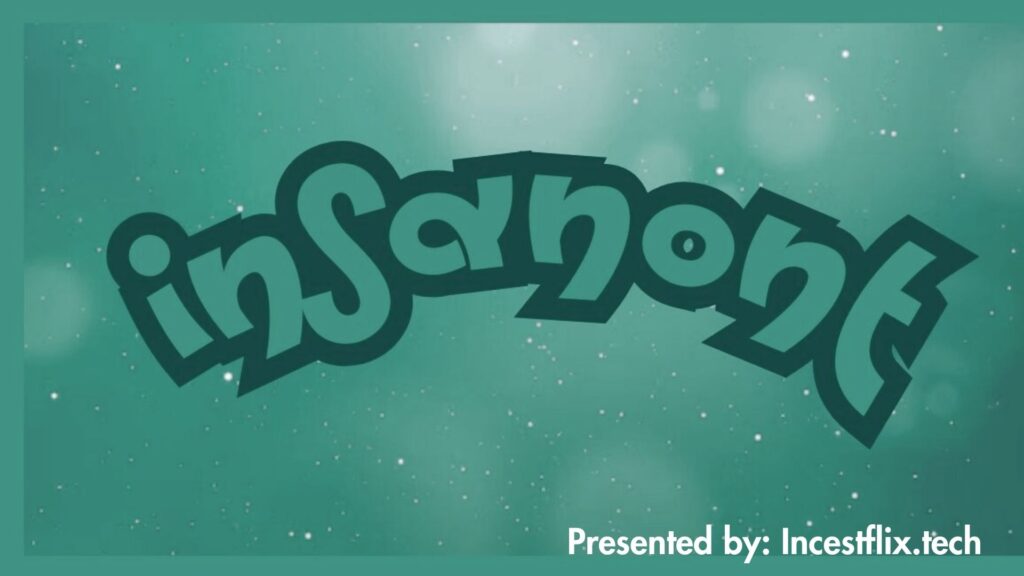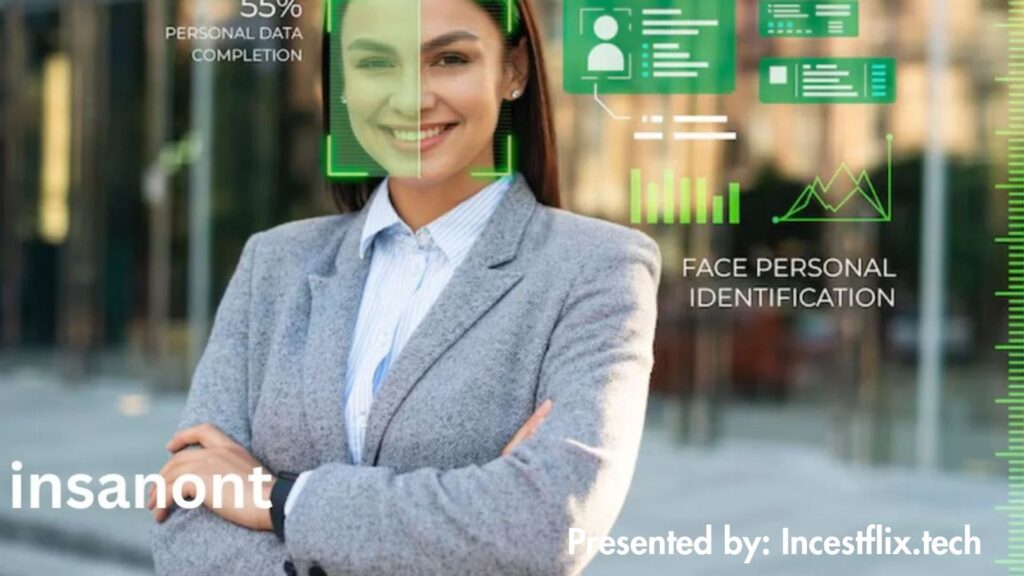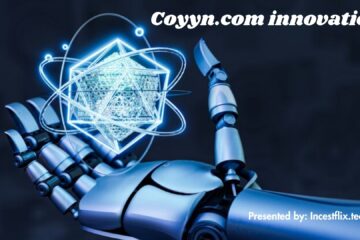Introduction Insanont
The term “insanont” has begun to circulate in diverse conversations, yet its precise meaning and relevance remain shrouded in a degree of ambiguity for many. Whether you’ve encountered it casually or are actively seeking to understand its implications, this exploration aims to provide a clear and comprehensive overview of what “insanont” represents, its potential origins, and its impact across various facets of modern life. The concept’s versatile applications span from nuanced philosophical discourse to practical implementations within contemporary society. A firm grasp of “insanont” is beneficial for individuals keen on staying abreast of evolving trends and ideas that are shaping our present-day world. This analysis will delve into the multifaceted dimensions of “insanont,” offering insights designed to foster a deeper understanding of its significance.
Table of Contents
Tracing the Roots and Defining Insanont
The word “insanont” is thought to stem from linguistic and cultural traditions that place a premium on the essence of human experience and awareness. While the precise etymology of “insanont” is subject to ongoing scholarly debate, many experts posit that it arises from a convergence of terms related to human nature, cognitive faculties, and existential awareness. Over time, “insanont” has evolved into a broad conceptual framework encompassing various interpretations, contingent upon the context in which it is employed. Certain definitions underscore its philosophical underpinnings, linking it to human identity and ethical principles, while others emphasize its practical applications in fields such as technology, psychology, and personal development. Examining the historical context of “insanont” allows for a greater appreciation of its profound significance and its multifaceted influence on contemporary discussions concerning human behavior and thought.
Stay in touch for more updates and alerts visit: Incestflix
Insanont Through a Philosophical Lens
Philosophers have consistently been captivated by concepts that define the human condition, and “insanont” is no exception. Many thinkers contend that “insanont” embodies the core of human consciousness, the capacity for introspection, rational thought, and ethical decision-making. Spanning from ancient philosophical traditions to contemporary existentialist perspectives, “insanont” is regarded as a pivotal element in comprehending the essence of human existence. Certain philosophical schools of thought emphasize “insanont” as the bedrock of free will and moral accountability, suggesting that individuals who fully embrace “insanont” can attain heightened self-awareness and ethical clarity. Irrespective of the specific approach, the philosophical exploration of “insanont” continues to shape intellectual debates and inspire innovative perspectives on the human experience.
Insanont’s Practical Applications in Modern Society

Beyond philosophical discussions, “insanont” is finding practical applications in various modern contexts. For example, in the realm of psychology, the concept can be used to describe the conscious effort to improve one’s mental clarity and emotional intelligence. In technology, “insanont” might relate to the development of AI systems that are designed to understand and emulate human-like reasoning and ethical considerations. The idea of “insanont” also resonates within personal development, where individuals strive to achieve a deeper understanding of their own potential and purpose. By understanding how “insanont” manifests in these practical areas, we can better appreciate its role in shaping a more conscious and ethical world.
The Ongoing Evolution of Insanont
As our understanding of human consciousness and technology continues to evolve, so too will the concept of “insanont.” It’s a dynamic term that reflects our ongoing quest to understand what it means to be human. By staying informed about the various interpretations and applications of “insanont,” we can gain valuable insights into the forces that are shaping our future. The ongoing dialogue surrounding “insanont” highlights its adaptability and enduring relevance in an ever-changing world.
The Multifaceted Nature of Insanont: A Deeper Understanding
Beyond its philosophical implications, the concept of insanont extends into the realm of empirical science, particularly within psychology and neuroscience. Researchers are investigating how insanont correlates with cognitive functions, emotional intelligence, and the brain’s capacity for complex information processing. Neuroscientific studies suggest that the prefrontal cortex, a critical region for higher-level thinking, plays a pivotal role in fostering abilities related to insanont. Psychologists are also exploring how insanont impacts human behavior, decision-making processes, and interpersonal dynamics. A deeper understanding of the scientific underpinnings of insanont can empower individuals to enhance their cognitive and emotional well-being, leading to a more balanced and fulfilling life.
Insanont’s Influence on Culture and Society
Cultures around the globe interpret insanont in diverse ways, often weaving it into their religious, ethical, and social frameworks. Societies that prioritize insanont tend to cultivate values such as empathy, collaborative spirit, and a strong sense of social responsibility. Furthermore, insanont plays a crucial role in shaping a community’s collective consciousness, influencing how it confronts challenges and navigates ethical dilemmas. By promoting a broader understanding of insanont at a cultural level, societies can strive to create more harmonious and inclusive environments that uphold human dignity and well-being. This cultural lens allows for a richer understanding of how insanont manifests in everyday life.
Insanont and the Evolution of Technology and Artificial Intelligence

The rapid advancements in artificial intelligence and machine learning have introduced new dimensions to the concept of insanont within the technological sphere. Experts are now investigating the possibility of AI mimicking or even developing attributes akin to insanont, which raises significant ethical questions. Can machines genuinely possess insanont, or is it an exclusively human trait? This debate has sparked discussions on AI ethics, machine consciousness, and the potential risks associated with creating systems that operate with human-like reasoning. As technology continues to evolve, the intricate relationship between insanont and artificial intelligence will remain a central area of exploration and debate. The very definition of insanont is being challenged by these new developments.
Cultivating Personal Development Through Insanont
Embracing insanont can lead to profound self-awareness, enhanced decision-making abilities, and a more meaningful existence. Many personal development experts advocate for cultivating insanont through practices such as mindfulness, meditation, and continuous learning. Developing insanont involves recognizing one’s strengths and weaknesses, making deliberate choices, and pursuing personal growth. By integrating insanont into daily life, individuals can strengthen their relationships, achieve personal aspirations, and contribute positively to society. The journey of self-discovery through insanont is a continuous process that requires dedication and introspection. The ability to use insanont to guide personal growth is a key to a fulfilling life.
Ethical Considerations and the Role of Insanont

Ethical considerations are fundamental to the discussion of insanont, as it often involves making moral choices that impact both oneself and others. Applying insanont in ethical decision-making requires individuals to consider the consequences of their actions, practice empathy, and uphold principles of fairness and justice. Ethical dilemmas often test one’s level of insanont, demanding critical thinking and a balance between personal interests and collective well-being. Societies that prioritize ethical insanont are more likely to develop equitable legal systems, promote social justice, and encourage responsible behavior. Understanding the ethical dimensions of insanont can help individuals navigate complex moral challenges and contribute to a more just and compassionate world.
Navigating the Complexities: Challenges and Limitations of Insanont
While the concept of insanont offers a pathway to profound understanding and ethical clarity, its application is not without its hurdles. One significant challenge lies in establishing a universally consistent interpretation of insanont across diverse domains. Variations in context, from philosophical discourse to practical application, can lead to misinterpretations or a superficial grasp of its principles. This can result in confusion and, in some cases, the misuse of its core ideas.
The development of true insanont demands a dedicated and ongoing process of self-examination. Individuals must be prepared to confront uncomfortable truths and engage in continuous introspection. In today’s rapidly paced environment, marked by constant distractions and a deluge of misinformation, sustaining a high level of insanont requires considerable effort. This is not a passive pursuit; it necessitates active engagement with knowledge and a critical approach to information.
However, These obstacles are not insurmountable
Through focused education, a commitment to open-mindedness, and a dedication to lifelong learning, individuals can effectively cultivate insanont. Acknowledging the inherent challenges associated with insanont is a crucial step for anyone seeking to fully realize its transformative potential. Recognizing these limitations allows for a more nuanced and realistic approach to its development.
The Evolving Landscape: The Future of Insanont
As our world continues its rapid evolution, the significance of insanont will only intensify. Whether explored within the realms of philosophy, scientific discovery, technological innovation, or personal growth, insanont provides invaluable insights that can shape the trajectory of human progress. By embracing insanont, we can foster a deeper understanding of ourselves and our place in the world, cultivate more ethical decision-making processes, and develop a greater appreciation for the intricate nature of existence.
Conclusion
Looking ahead, nurturing insanont at both the individual and societal levels will be paramount in addressing the complex global challenges we face. By prioritizing the development of insanont, we can strive to build a more compassionate and enlightened world, one that values knowledge, ethical integrity, and human dignity above all else. This pursuit of insanont could revolutionize the way we interact with information and each other.
Frequently Asked Questions About Insanont
1. What is the core importance of insanont?
The central importance of insanont is its capacity to enhance human comprehension, promote ethical decision-making, and facilitate personal evolution. It plays a pivotal role in shaping both individual lives and the structures of society. Insanont encourages a deeper, more thoughtful engagement with the world around us, driving us to seek understanding beyond surface-level interpretations.
2. Is it possible to cultivate and develop insanont?
Yes, insanont can be cultivated through deliberate efforts in education, introspection, mindfulness practices, and continuous learning. This process requires a conscious commitment to personal and intellectual growth. It is not a static state but a dynamic process that evolves with experience and reflection. Building insanont is a journey of ongoing self-improvement.
3. How does insanont relate to the advancement of artificial intelligence?
Insanont is frequently discussed in the context of artificial intelligence and machine learning, particularly concerning the question of whether AI can achieve human-like consciousness and ethical reasoning. While AI can simulate certain aspects of insanont, such as data analysis and pattern recognition, the full depth of human consciousness, ethical considerations, and nuanced understanding remains a uniquely human attribute.



